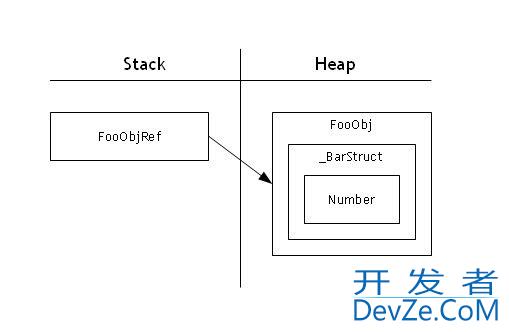I\'m trying to validate my understanding of how C#/.NET/CLR treats value types and reference types. I\'ve read so many contradicting explanations I stil
A discussion earlier today led me to question whether or not my understanding of primtives and literals is correct.

I\'m getting confused with what happens on the stack and heap in respect to value type properties in classes.
Ok, i have a need to be able to keep track of value type objects which are properties on another object, which cannot be done without having those properties implement an IObservable interface or simi
struct SomeStruct { public int Num { get; set; } } class Program { static Action action; static void Foo() { SomeStruct someStruct = new SomeStruct { Num = 5 };
According to http://msdn.microsoft.com/en-us/library/ms229017.aspx, value types "are allocated on the stack or inline with other structures*". Yet in the stack is an implementation detail, E
I have the following .NET value types: [StructLayo开发者_JS百科ut(LayoutKind.Sequential)] public struct Date
In a couple of weeks, I\'ll be teaching a class of first-year engineers the salient points of references 开发者_C百科in C# as part of their first-year programming course.Most of them have never progra
I recently created a generic Matrix<T> class that acts as a wrapper around a List<List<T>> collection. As far as I can tell, this class is working perfectly. I am running into a slig
I have been trying to understand the use of \"primitives\" in Java and C# and the difference between them (if any). I have asked a series of questions on SO and some of the answers seem to confuse the